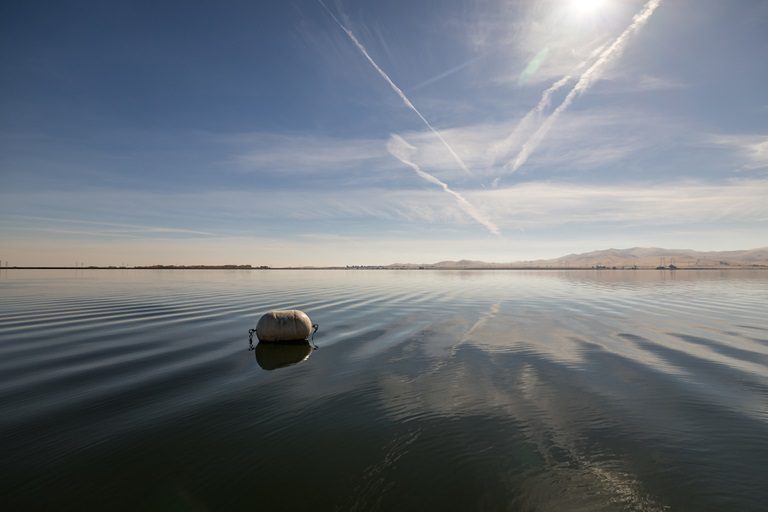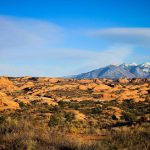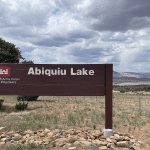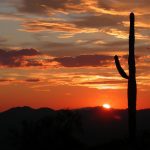- SWP Delta pumping rates were halved on April 10.
- Curtailment aims to protect five endangered fish species.
- San Luis Reservoir is 90% full, far above last year’s level.
- California eyes new program to balance water supply and habitat.
- Scientists will monitor ecological effects of the April–May reductions.
Friday, April 11, 2025 — Yesterday the California Department of Water Resources (DWR) announced a reduction in pumping operations from the Delta , a move designed to protect endangered fish during critical spring migration and spawning periods. The cutback, required under endangered species permits, reduces the State Water Project’s (SWP) pumping rate from approximately 1,200 cubic feet per second (cfs) to 600 cfs.
, a move designed to protect endangered fish during critical spring migration and spawning periods. The cutback, required under endangered species permits, reduces the State Water Project’s (SWP) pumping rate from approximately 1,200 cubic feet per second (cfs) to 600 cfs.
This reduction could remain in place through the end of May unless river flows increase significantly. According to the DWR, scientists broadly agree that increasing spring outflow during March, April, and May creates better habitat and migration conditions for Delta smelt, longfin smelt, and two runs of Chinook salmon. The agency noted that “higher spring outflow also helps to minimize the number of fish pulled toward the pumping plant.”
that “higher spring outflow also helps to minimize the number of fish pulled toward the pumping plant.”
Water Supplies Remain Strong Despite Cutbacks.
Despite the reduced pumping, water storage levels are robust. San Luis Reservoir is currently 90% full and contains 331,000 acre-feet more water than at this time last year. In March alone, SWP pumps moved roughly 125,000 acre-feet of water—enough to serve 375,000 households for a year.
The SWP serves water to about 30 million Californians and supports irrigation on four million acres of farmland, making these seasonal operational changes significant across the state.
A New Approach: Healthy Rivers and Landscapes Program.
Looking ahead, state officials are preparing to shift from reactive water management to a more adaptive, ecosystem-based approach. The State Water Resources Control Board is considering the adoption of the Healthy Rivers and Landscapes program, a $2.6 billion initiative negotiated among state, federal, and local water agencies. It would expand fish habitat and provide springtime flows in rivers feeding the Delta.
program, a $2.6 billion initiative negotiated among state, federal, and local water agencies. It would expand fish habitat and provide springtime flows in rivers feeding the Delta.
If adopted, this voluntary program could supplant the current spring outflow mandates. Unlike regulatory orders that often lead to litigation and uncertainty, the Healthy Rivers and Landscapes initiative is viewed by participating agencies as a more efficient and less disruptive way to meet environmental needs.
The SWP’s current endangered species authorizations note that pumping reductions under the Healthy Rivers and Landscapes program would replace existing spring outflow requirements, should the State Water Board include the program in its upcoming update of Delta water quality objectives.
Science-Driven Management.
Monitoring and scientific inquiry are integral to the program. Agencies involved have embedded a Science Plan that prioritizes hypothesis-driven studies, aiming to better understand how specific flow and habitat actions affect fish conditions. The DWR and California Department of Fish and Wildlife are already tracking the effects of the current pumping reductions to inform future operational decisions.
that prioritizes hypothesis-driven studies, aiming to better understand how specific flow and habitat actions affect fish conditions. The DWR and California Department of Fish and Wildlife are already tracking the effects of the current pumping reductions to inform future operational decisions.
These insights are intended to improve California’s ability to manage water in an era marked by volatility—fluctuating between drought and deluge. As the DWR emphasized, “neither storms nor fish populations move in line with a calendar of regulations.”
Infrastructure for a Changing Climate.
The update also underscores the need for modern infrastructure. The proposed Delta Conveyance Project, if operational this past winter, could have captured 760,000 acre-feet of water—enough to serve more than 2 million households. The project would draw from the mainstem Sacramento River in the north Delta, allowing diversion of high-flow stormwater without the same ecological constraints facing the Tracy pumping facilities.
With longer droughts and more intense storms becoming the new normal, the state’s water managers assert that infrastructure and regulatory reforms must work together to ensure a reliable supply.
As the DWR put it , “California is both wetter and drier in a warming world.”
, “California is both wetter and drier in a warming world.”
~~~
Image:
O’Neill Forebay in Merced County, part of the San Luis Reservoir . Photo November 13, 2024 by the California Department of Water Resources.
. Photo November 13, 2024 by the California Department of Water Resources.






Leave a Reply